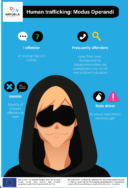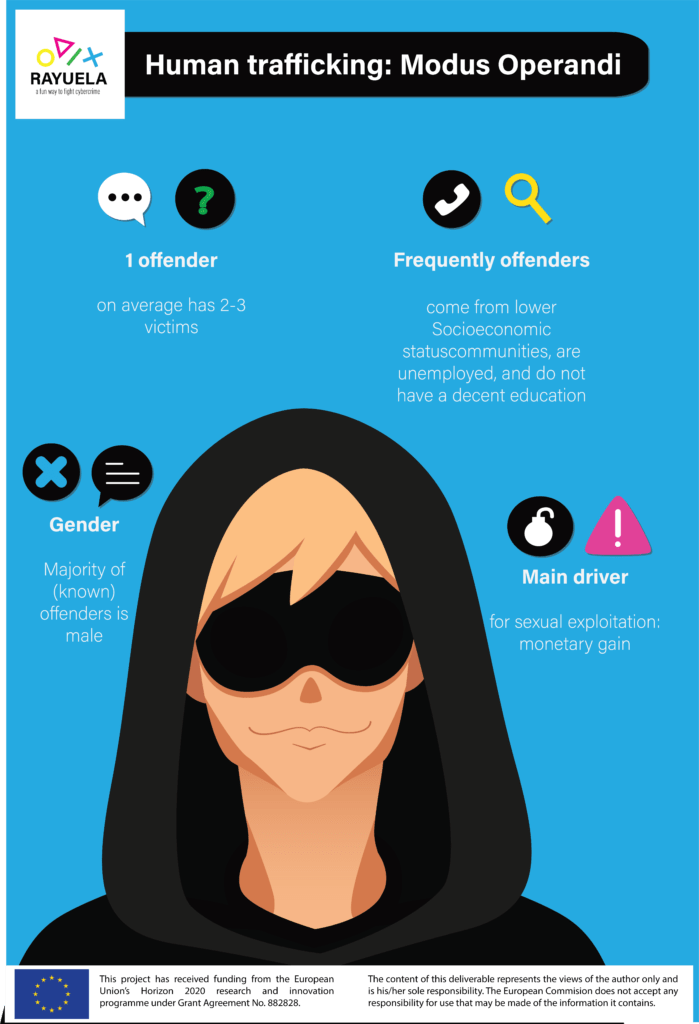Human trafficking: Modus Operandi
On the level of definitions of human trafficking, there is considerable disagreement between how various governments, NGO’s, and academics define human trafficking for the purpose of sex work (see further). The definition adhered to by Europe in the CoE Convention against trafficking in human beings is:
Trafficking in human beings shall mean the recruitment, transportation, transfer, harbouring or receipt of persons, by means of the threat or use of force or other forms of coercion, of abduction, of fraud, of deception, of the abuse of power or of a position of vulnerability or of the giving or receiving of payments or benefits to achieve the consent of a person having control over another person, for the purpose of exploitation. Exploitation shall include, at a minimum, the exploitation of the prostitution of others or other forms of sexual exploitation, forced labour or services, slavery or practices similar to slavery, servitude or the removal of organs.
In the literature review, we discussed Routine Activity Theory as the main theoretical framework as to the recruitment of victims (Cohen & Felson, 1979; Felson & Cohen, 1980). In this theoretical framework, human trafficking may occur if a potential victim and potential offender meet in a certain place where there is no guardian present. As argued by Cockbain and Wortley (2015), “while the criminal act associated with internal child sex trafficking can be atrocious, the people, places, and processes involved are shown to be far from exceptional”. Especially in the case of loverboys, this process of selection is greatly facilitated by the internet, and Routine Activity Theory can be applied to virtual spaces as well (Pratt et al., 2010). In the expert interviews, it was confirmed that loverboys opportunistically screen the internet (any popular social media platform) for potential victims, based on their appearance and interests, and they can thus be considered to be “opportunity takers, opportunity seekers, and opportunity creators” (Wortley & Smallbone, 2016).

